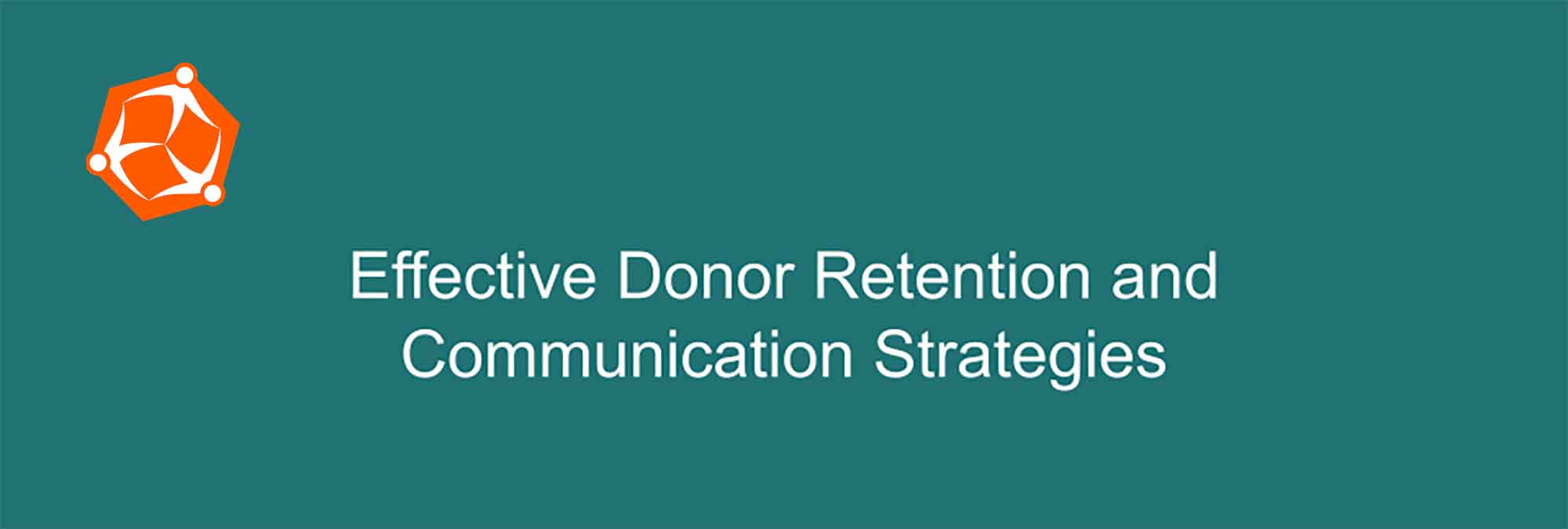Nonprofits rely on generous donations and support from patrons and the communities they serve. It is imperative for nonprofit organizations to establish a connection between the donors and the organization to provide the donors a sense of identification with the organization and its efforts.
Nonprofit organizations often focus their marketing and campaigning efforts towards acquiring new donors, this can prove to be both costly and ineffective compared to donor retention strategies. The Urban Institute, Nonprofit Quarterly, and Bloomerang have cited the cost of new donor acquisition to be up to 50-100% more than the average initial first donation from a newly acquired donor. What this means for your organization is that it can take up to more than a year before a donor relationship becomes profitable. Donor retention strategies allow for less spending on acquisition and fundraising campaigns while building a stronger connection with their current roster of benefactors.
Some donor retention strategies include:
- Indicating proper usage of donor contributions:
Donors feel more confident knowing that their contributions are being used in an efficient and honest way. For example, this could be accomplished through intermediary posts on social media platforms showcasing the work of the organization and its impact on the community.
- Following up:
Continued communication with donors establishes a relationship that is more than just a business transaction. Sending something as simple as a follow-up email is enough as a courtesy, but using those emails to ask for input through a survey provides donors a chance to voice their opinions and for the organization to gather valuable input.
- Improving the quality of communication:
Communicating the effects of their contributions is just as important as thanking donors. Providing frequent reports of activity related to the organization and periodically thanking donors again can prove to be effective retention strategies. Phone calls are an effective way to reach out to donors; while you might not be able to personally call every donor, sending out periodic calls to major donors and first-time donors alone can deliver a lasting impression. These actions build a stronger relationship with donors and help them to identify with your organization.
While these three factors may contribute heavily to your next retention campaign, it is important to also take into account why your organization should be prioritizing retention strategies.
According to a study done by [The Urban Institute]:
“Donors who make larger gifts may feel more attached to the organization, pay more attention to reports of its activities, and generally be more likely to continue their support.”
This indicates the significance of major donors and their contributions are dependent on their relationship with the organization. Retention of these major donors is critical as the study also found that major donors contribute 80-90% of the total funds raised.
Attending to the needs of smaller donors should not be ignored, however, as they are a valuable resource for nonprofits in more than just monetary contributions. Listening to smaller donors is important, comparing the trends in small donor support and organizational activities can be used to focus programmatic efforts. For example, surges or downturns in donor support based on showcased activity can be analyzed and compared to interpret what future activities would be deemed most favorable among the donors. Repeat small donors are a source of networking through their connection to other potential donors; a stable roster of small donors can act as a base and is easier and cheaper to build than acquiring new donations from outsiders.
Donor retention strategies operate on the basis of an initial list of donors. If your nonprofit is struggling with acquiring an initial donor base and would like to learn more about how to increase donations through your website, check out nonprofit experts on donations [here]
For more information regarding donor retention and how your organization can effectively communicate with donors, download our guide below:




